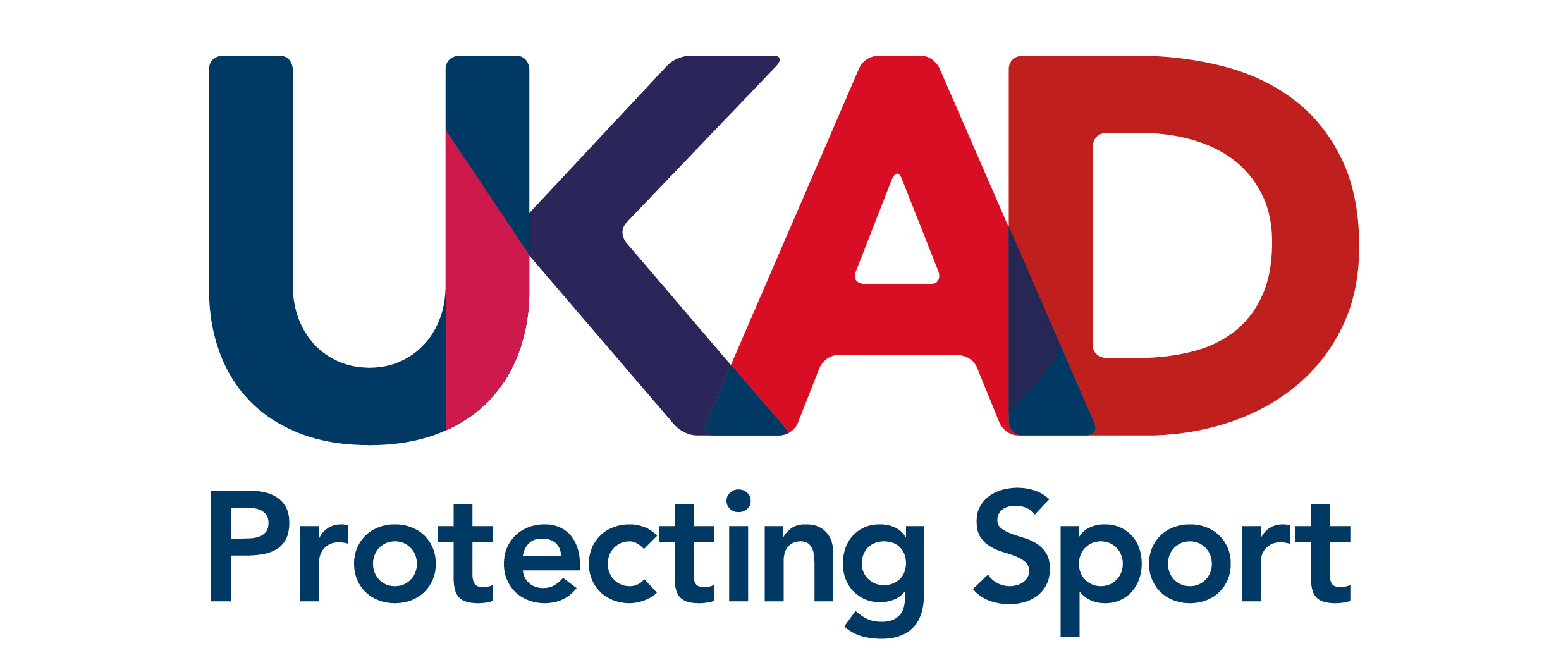Clean Sport at the Front Line 2019: Three things we learnt
UK Anti-Doping’s (UKAD) Clean Sport at the Front Line event took place this week, at Loughborough University. Tickets sold out over week in advance, with more than 100 delegates in attendance.
Speakers included Professor Sue Backhouse from Leeds Beckett University, UKAD Athlete Commission members James Hudson and Bernice Wilson, and UKAD board member Dr Claire-Marie Roberts, among others.
Here are the top three things we learnt from the day:
Focus on a food-first approach
“We’re always talking about a food-first approach, but we don’t put good food sources in elite sites,” said Mike Naylor, Head of Performance Nutrition at the English Institute of Sport (EIS).
In many instances, sites where elite athletes train such as gyms, provide easy access to supplements, energy drinks and gels, and other ‘quick-fix’ solutions, as opposed to offering up substance behind a food-first approach.
There is also a growing trend of athletes promoting products such as supplements through their social media channels. This misleads the public, and especially younger athletes who may be more vulnerable to this marketing, into thinking that these products are the only way to achieving a diet to support their training goals.
If we are to promote and encourage a well-rounded, balanced, natural diet for our athletes – as well as amateur athletes and the public – training sites and gyms must take the lead in promoting it and influential athletes can act as role models in supporting a food-first approach.
Moment of vulnerability
Injury and recovery periods can be challenging for athletes, as can acute times of pressure on performance - such as squad selection. In these moments, athletes may be more tempted to seek a shortcut or an unnatural performance boost, and these periods should be identified as moments of vulnerability, during which doping could be more likely to take place.
Athlete Support Personnel need to be aware of these moments of vulnerability and be pro-active in reinforcing values.
Values must be a cornerstone of prevention and so education must also be targeted at athletes from an early age, as well as at key stages in an athlete’s career, such as during a period of injury.
Language is key
“Print and broadcast media portray largely unachievable body images,” said Dr Ian Boardley, Senior Lecturer in Sport Psychology at the University of Birmingham.
UKAD Athlete Commission member, James Hudson, added: “A ‘pinch point’ in my career was the pressure to get bigger at a young age in order to get to the next level.”
We often hear of athletes facing pressure around gaining/losing weight in a very short time period, with athletes being told their squad place depends on their size, placing significant pressure on them and creating an incentive to use IPEDs. It’s vital, therefore, that those working with athletes are communicating the right messages and using carefully chosen language around their charges.
It may be that increased body-image concerns increase athletes’ susceptibility to doping and so the messages conveyed around body-image, especially with younger athletes, are crucial.
It is up to the likes of coaches and strength and conditioning professionals to ensure that, particularly in certain sports such as rugby, players are not lured into thinking ‘bigger is better’ and pressurised into ‘bulking up’, particularly in time frames that are unrealistic through natural means.
“Our use of language with athletes is massively important. It has to be a message based on performance, rather than size and strength,” added James Hudson.

